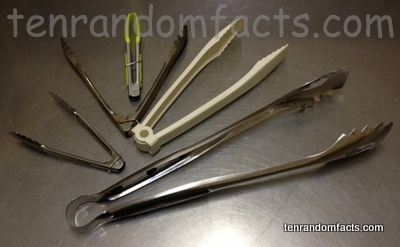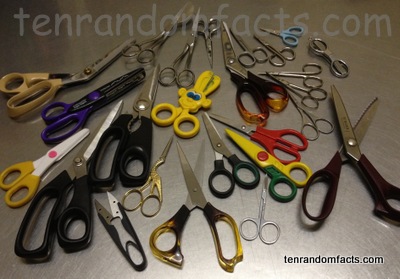
Ring, ring, goes the bell on the bicycle.
- Bicycles are also known as ‘bikes’, ‘pushbikes’, ‘pedal bikes’, ‘pedal cycles’ and ‘cycles’.
- Bicycles are vehicles that are pedal powered and typically have a frame, two wheels, two pedals and a chain that connects to the pedals and the wheels.
- Bicycles are used for transportation, mail delivery, leisure and entertainment and have many other uses as well as advantages, which include convenience, less traffic congestion, and health and economical benefits, with some cities having street bicycle rental stations to encourage tourists and commuters to use less polluting and congesting forms of transport.
- Bicycles have changed the way we live, giving increased mobility to generations of people, which has helped reduce poverty in some areas, given increased freedom to women in the late 1800s and impacted on the way they dressed, and is an incredibly efficient means of transport, with an estimated one billion bicycles worldwide, half of them in China, and twice as many bicycles than cars in the world.
- It is believed that the earliest two wheeled human powered vehicle was invented by the German Baron Karl Drais von in 1817, which was known as a ‘Laufmaschine’ (running machine) and also called a ‘dandy horse’ or ‘hobby horse’ and it wasn’t until the 1860s that pedals were added to the bicycle design although who did it first is debated, and there are also unreliable reports of earlier instances of pedals.
- Laufmaschines (early bicycles) became known as ‘velocipedes’, meaning ‘fast foot’ in Latin, while the name ‘bicycle’ wasn’t used until the 1870s for the high wheel bicycle, also known as a ‘penny-farthing’.
- When a cyclist rides a bicycle at 16 to 24 km/h (10 to 15 mph), they use only as much energy as when walking.
- The fastest unpaced speed record on a bicycle on a flat surface is 133 km/hour (83 miles/hour), a record gained in 2009 by Sam Whittingham, a Canadian.
- In recent years, 130 million bicycles are sold annually, and China makes two thirds of the world’s bicycles, even though the percentage of Chinese commuters riding bicycles has significantly decreased since 1998.
- In some countries is illegal to not wear helmets and/or be equipped with bells and/or lights, as a safety precaution for the cyclist and others.
Bibliography:
Bellis M, History of the Bicycle, 2013, About.com, < http://inventors.about.com/od/bstartinventions/a/History-Of-The-Bicycle.htm>
Bicycle, 2013, Wikipedia, < http://en.wikipedia.org/wiki/Bicycle>
Amazon: 


















